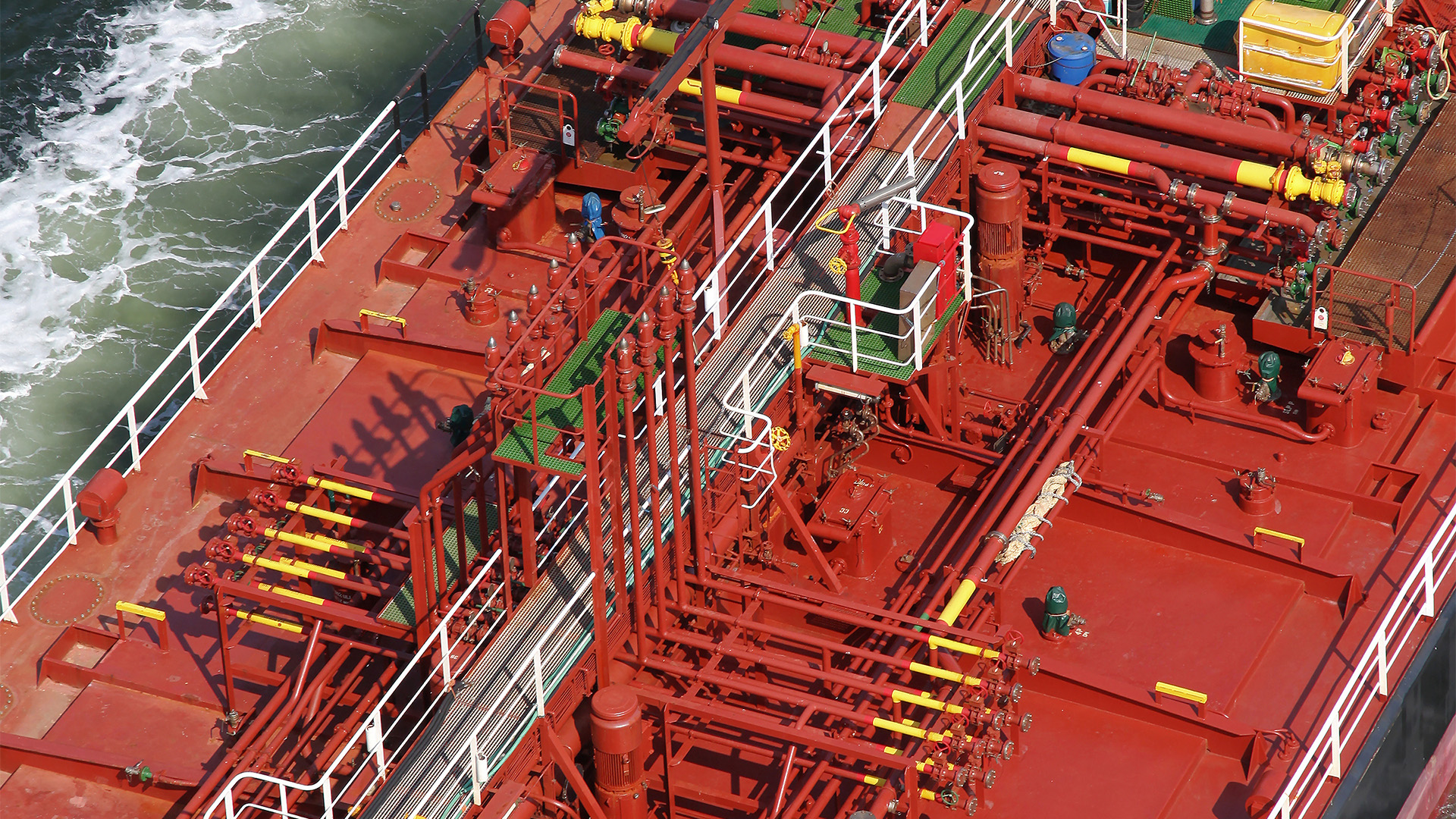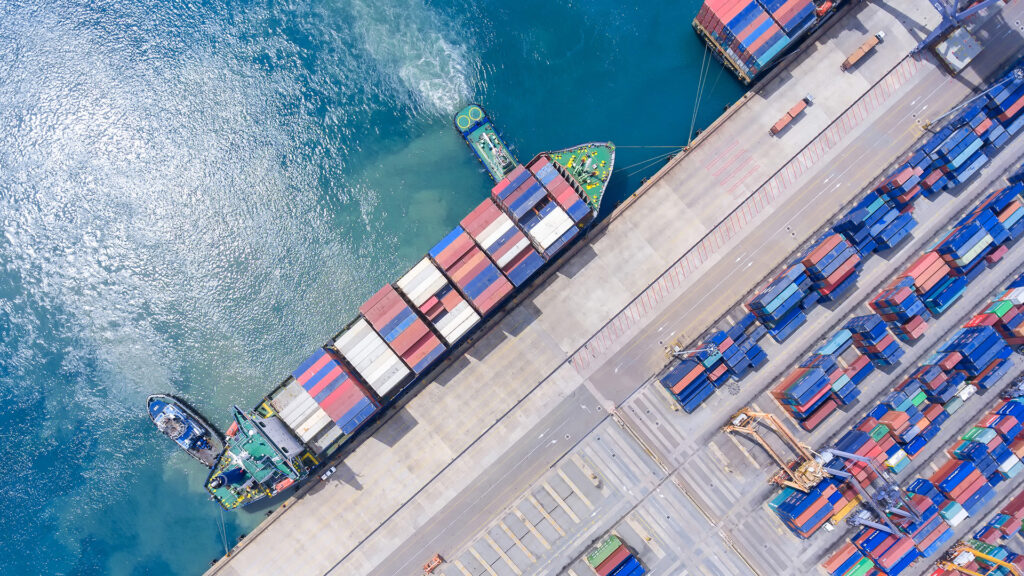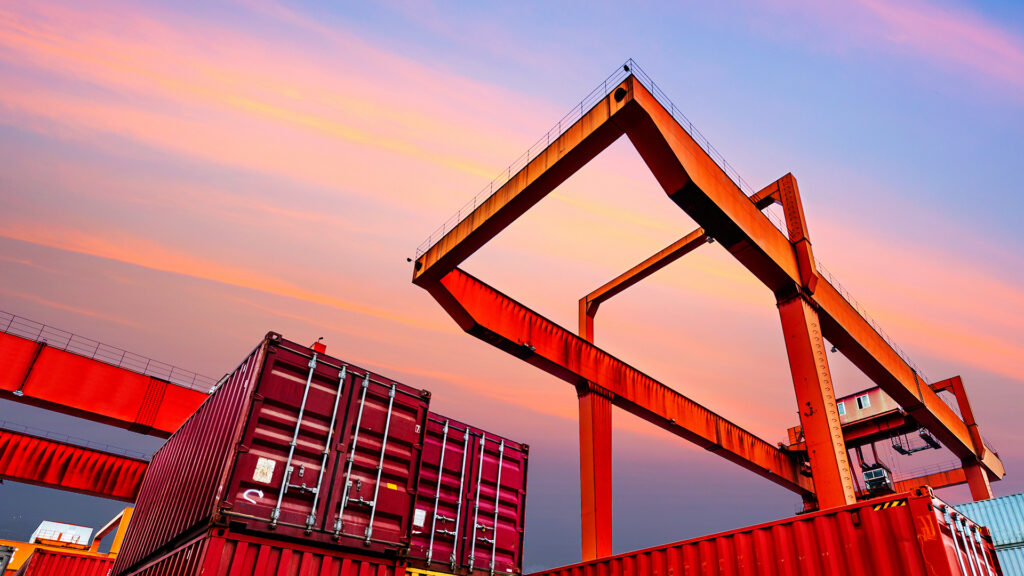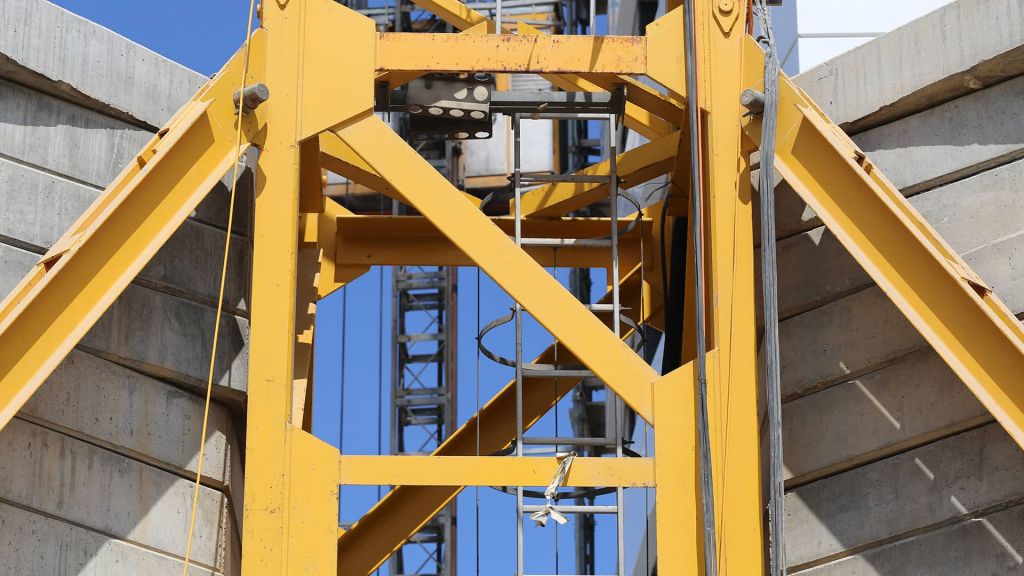

Dual Fuel, Double Trouble?
The drive for sustainability in shipping, particularly as a result of FuelEU, which took effect on 1 January 2025, is leading to significant growth in the use of dual-fuelled vessels.
The most common of these can consume both traditional fuels (like VLSFO1) and LNG2. We are now seeing an increase in claims relating to the management of dual-fuelled vessels, which suggests that developments are required both in practice and in drafting time charterparties to keep pace with the use of progressive fuel technologies.
Shelf-life of traditional fuels
In recent months, HFW has advised on a number of claims concerning dual-fuelled LNG carriers (or LNG-powered vessels), where traditional fuels have not been consumed within their shelf-life, meaning they are no longer fit for use and must be de-bunkered. This often arises during periods where the price for LNG has been lower than the price for traditional fuels, so that charterers opt to run the vessel on LNG as much as possible to save costs. This practice can present a significant risk for charterers, as the diminution in the value of the de-bunkered fuel is not ordinarily insurable.
CIMAC, a non-profit association promoting the development of ship propulsion and power, suggests that whilst HSFO3 can have a two-year shelf life, this can be reduced to between three and six months for VLSFO. Three months could be a relatively short window in which to use VLSFO, particularly if the gas price is low so that it is used as the secondary fuel on board.
Whose job is it to monitor the condition of fuels on board a vessel and how do time charterparties deal with the management of two fuels? Your immediate reaction may well be that, of course, it is the charterers’ responsibility to decide when to use their own fuels, but the answer is not that straightforward. We explore this further below.
Relevant charterparty clauses
A time charterparty will invariably provide a minimum specification for fuel supplied by charterers (e.g. ISO 8217:2017). BIMCO also developed an LNG fuel quality clause in 2021, providing an LNG specification.
There could be other express clauses in a time charterparty under which charterers warrant that the fuel will be fit to be consumed in the vessel’s engines (at the time it is consumed). In addition, the implied indemnity could bite if the vessel’s engines are damaged by complying with charterers’ orders to consume the charterers’ fuel.
Whilst helpful, these clauses do not set out responsibility for monitoring the condition of fuels to ensure they are consumed within their usable lifespan.
Fuel management
Owners are required by the International Safety Management (ISM) Code to implement and maintain on board a Safety Management System (SMS) which sets out owners’ risk assessments and operational procedures. This should include bunkering procedures and bunker quality assessment/testing prior to use, which would form part of a bunker management plan, and should include monitoring different grades in different tanks. The SMS is also required to identify critical equipment and systems, such as propulsion systems, and include specific measures to ensure their reliability, incorporating this into the Planned Maintenance System (PMS). On a dual-fuelled LNG vessel, where VLSFO is the secondary fuel and may have a short, three month lifespan, it would be prudent for Owners to update the SMS and PMS to extend the fuel sampling and testing requirements after bunkering to monitor both fuels on board. This should be based on the assessment of lifespan of the fuels, in order to ensure that the traditional fuel remains fit for purpose and that they do not become a failure point of critical systems when needing to change over fuels.
This is particularly the case given that:
- it may not be permitted to use LNG as the vessel’s fuel in port or other congested waterways.
- there is normally a minimum safety reserve for traditional fuels so that they can be used in an emergency.
It is therefore important that owners test and monitor both fuels regularly so that the vessel is ready to change fuels at any time when required (emergency or not). This is not to suggest that owners’ SMS monitoring and testing requirements mean that charterers bear no risk for the degradation of charterers’ fuels. However, in light of the reality of fuel degradation, it would be good practice for owners to do so and could protect against circumstances in which they may be exposed to a claim for breach of reasonably prudent SMS bunker monitoring requirements, which lead to a vessel being unable to use traditional fuels when required. It is possible in this scenario that the failure to have a reasonably prudent SMS bunker monitoring system could amount to a breach of due diligence seaworthiness before and at the start of the voyage (following the line of authority in the CMA CGM LIBRA4).
Bailment
Under a time charterparty, the bunkers purchased by charterers on delivery and throughout the charter period remain their property, but the owners will hold the fuel in their possession as bailee. The bailment relationship between the parties will broadly be on the terms of the charterparty (bailment on terms) and may extend to a duty on owners to take reasonable care of the charterers’ property.
Again, it is not suggested this bailment obligation would place responsibility for natural fuel degradation on owners; however, it may place a further similar obligation on them (to that found in the SMS) to reasonably monitor the fuels and to notify the charterers if there are signs of degradation.
Sustainability benefits
In addition to monitoring the quality of traditional fuels on a dual-fuelled vessel, issues can arise in relation to the low carbon fuel on board. One of the key drivers for chartering a dual-fuelled vessel may be to benefit from low GHG5 / carbon fuels under sustainability regulations such as FuelEU. For example, an operator of a dual-fuelled LNG carrier may be able to monetise the use of LNG fuel in vessels trading to, from or within the EU by means of pooling.
If there is a breach of charter and/or fuel monitoring by owners which leads to the inability of charterers to use the low GHG / carbon fuels on board, this could give rise to commercial losses for charterers.
Calculating the financial losses flowing from this could be complex, particularly where the vessel has been chartered for less than one reporting year under the applicable regulation. One solution would be for owners and charterers to agree in the charterparty a liquidated damages regime which defines the financial compensation due to charterers in such circumstances (thus avoiding potentially complex and time-consuming litigation).
Conclusions
Both owners and charterers should monitor the condition of both fuels on board dual-fuelled vessels carefully and owners should develop, document and implement an appropriate SMS bunker management plan specifically for dual-fuelled vessels. To avoid and simplify any future disputes, it would be prudent to include clauses in dual-fuelled vessel time charterparties covering:
- the management, monitoring and reporting to charterers of the condition of both fuels.
- actions to be taken if one fuel is unavailable.
- liquidated damages as compensation if the non-availability of one fuel gives rise to losses.
Dual-fuelled vessels will become the norm in the foreseeable future. In our view, it would be prudent to spend time on developing good practice and agreeing appropriate charterparty terms now, so as to avoid complicated and costly issues arising in the future.
Footnote
- Very low sulphur fuel oil.
- Ship & Bunker report that 70% of the 2024 newbuild order book was for dual-fuelled LNG vessels.
- High sulphur fuel oil.
- [2021] UKSC 51.
- Greenhouse gas.











